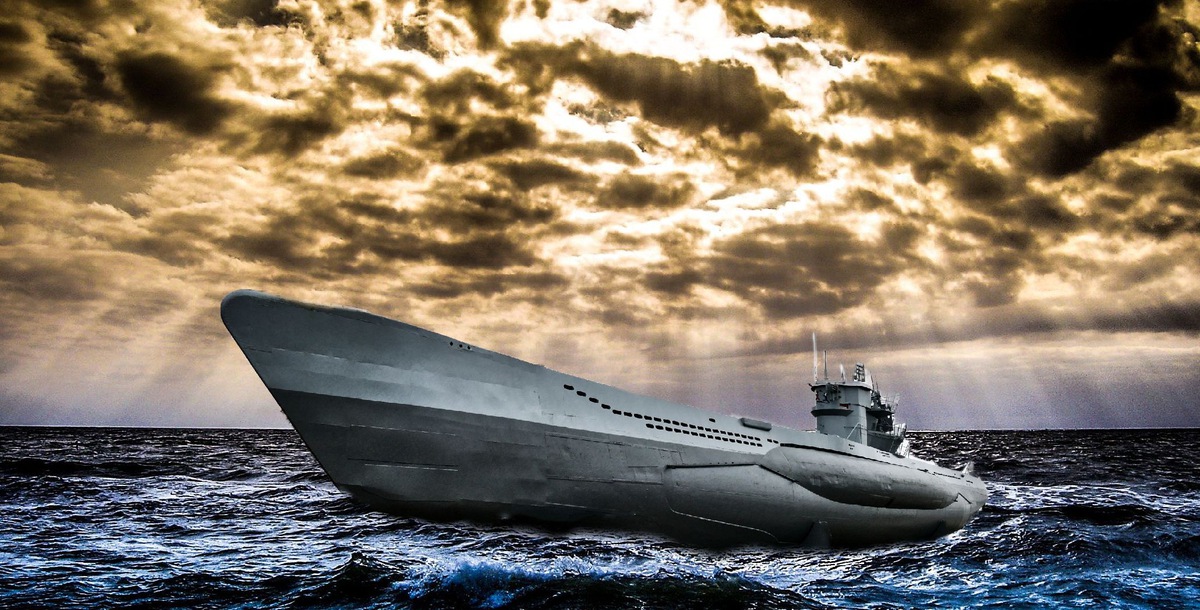The United States maintained formal neutrality during the first two years of World War II, only becoming a part of the war after the surprise Japanese attack on Pearl Harbor on 7 December 1941.
Within a few days, on 11 December 1941, the Germans declared war on the United States, heralding the beginning in January 1942 of the “Second Happy Time” wherein German U-boats attacked U.S. merchant ships and naval vessels.
The U-123 sailed from Germany to patrol American waters on 2 March 1942 as part of the Second Drumbeat Patrol. 28-year-old German Captain Reinhard Hardegen was in command. Hardegen was not new to this drill: stay hidden, submerged within the sea, and lie in wait for the merchant ships that frequented the coast. Hardegen had already been awarded for his efforts in the first phase of Operation Drumbeat.
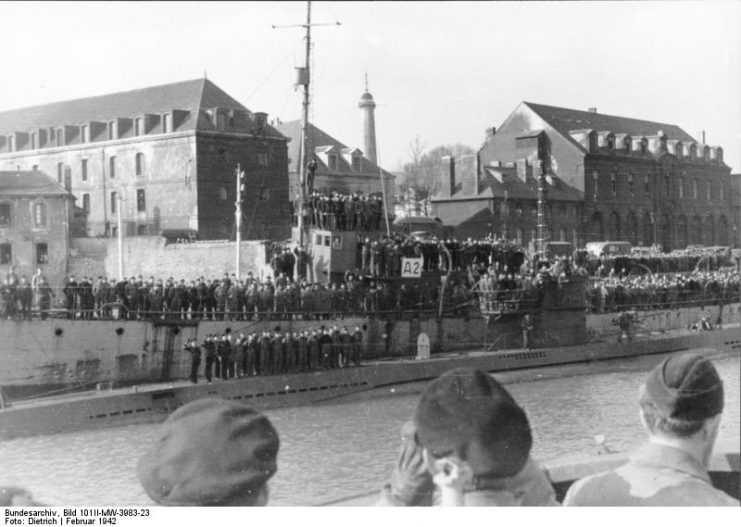
Many of these ships voyaged without escorts or naval air support and were thus vulnerable to U-boat attacks, save for their defensive guns, which were largely ineffective in a surprise attack situation.
Hardegen attempted to sink the U.S. tanker Liebre, but was thwarted by another approaching vessel, which forced him to abandon his assault on the very badly damaged ship on April 1.
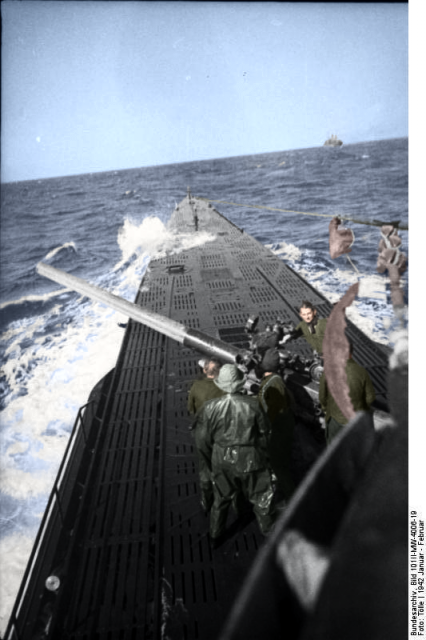
Hardegen’s next attack would become the most famous among his assaults. It was an event that rocked Jacksonville Beach on 10 April 1942, while the inhabitants of Florida were enjoying their weekend, safe and carefree from the war that was being fought on the other side of the globe.
The SS Gulfamerica steam tanker had just departed on its maiden voyage from Port Arthur, Texas to New York, and was briskly sailing past Jacksonville Beach in the late evening–and it was carrying 90,000 barrels of furnace oil.
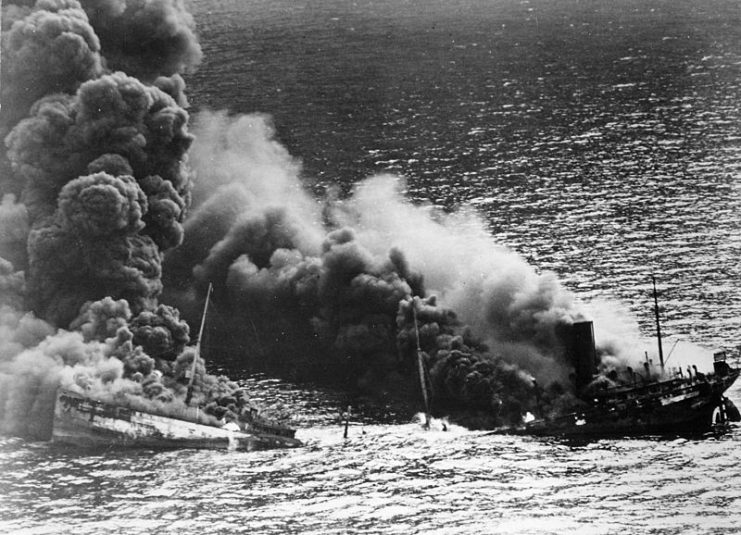
That Friday evening had just been like any other for the U.S. citizens during the Second World War and for the citizens of Florida, Jacksonville Beach was as a good a place as any other to have a relaxing night out.
The sea was illuminated by the bright and colorful lights of the city, and from inside the SS Gulfamerica, Captain Oscar Anderson and his crew observed the beautiful scene. They didn’t notice the U-123 which had been stalking them for over an hour.
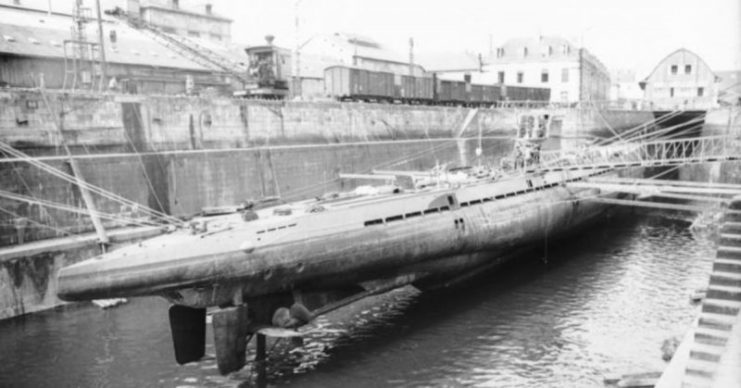
Hardegan followed the ship stealthily, taking care to avoid detection until he was close enough to fire a torpedo with a minimal chance of missing his mark. His sole aim was to prevent the cargo of oil from reaching the British.
Lit up by the city to its right, the SS Gulfamerica was an easy target for Hardegen, and his first shot took the tanker apart.
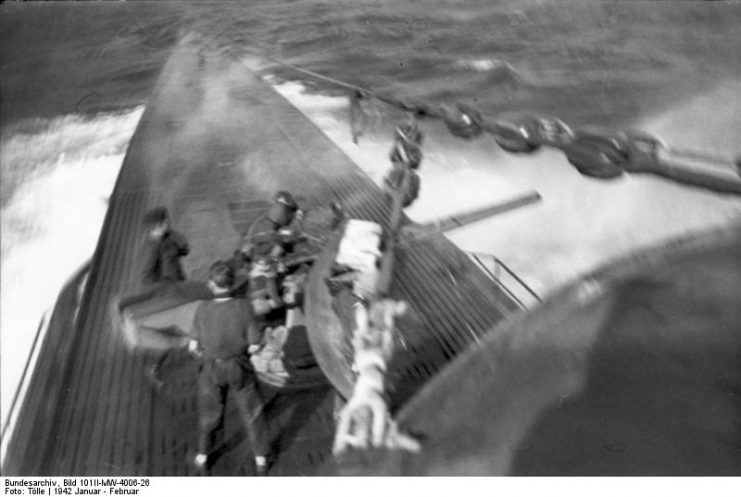
Immediately, Anderson and his fellow officers knew that they were under attack. They had heard about the frequent attacks that took place on the coast and had hoped for a safe passage, but even so, Captain Anderson had spent the past two hours employing the evasive naval technique of zig-zagging, in a bid to throw off any enemy that might have been on their trail. The steam tanker had only just resumed a straight course around 10:00 PM.
The blow from the G7e torpedo came not more than twenty minutes later, sending a large explosive sound across the beach. People saw the brightness of the fire that followed the explosion, and rushed out to get a better view of the situation.

Aware of the disturbance he had caused on shore, Hardegen was not going to lose his small window of opportunity to finish off the tanker. He immediately swung the U-123 around to cut off the onlookers and avoid civilian casualties from the gunfire which he was about to unleash.
Hardegen wasted no time in executing this manuever, and with the sailors of the Gulfamerica still reeling from the hit that shook their transport, Anderson did not have enough time to retaliate with the .50 caliber guns of the tanker. Assessing the situation, Anderson determined it best to abandon the flaming ship.
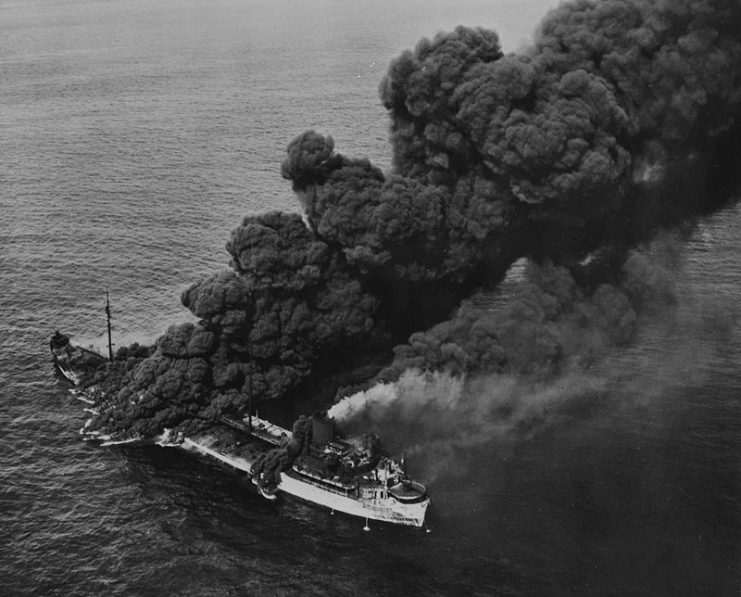
While Anderson gave the order to abandon ship, the radio operator sent out distress calls, before proceeding to leave in an orderly fashion as instructed. Hardegen would not allow his efforts to be in vain once again, having learned from his previous experience with the Liebre.
He shot at the Gulfamerica‘s radio antenna with the anti-aircraft gun on the U-boat, albeit after the distress call had already been made, after which he fired some shots from the U-boat’s 88mm deck gun for close to a minute before sailing away.
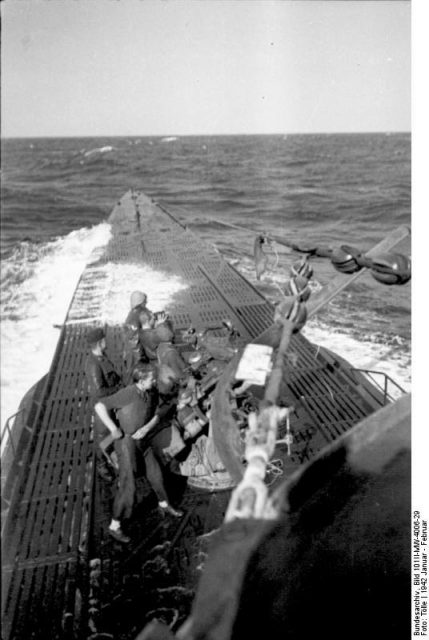
The SS Gulfamerica‘s crew consisted of 8 officers, 33 crew-members, and 7 guards. Of that number, 2 officers, 15 crew-members and 2 guards were lost to the attack. Five of them died in the initial torpedo hit while fourteen others died from drowning.
Survivors of the event were picked up by U.S. Coastal Patrol boats and taken to nearby Mayport, Florida. Four days later the SS Gulfamerica sank, 65 feet under water.
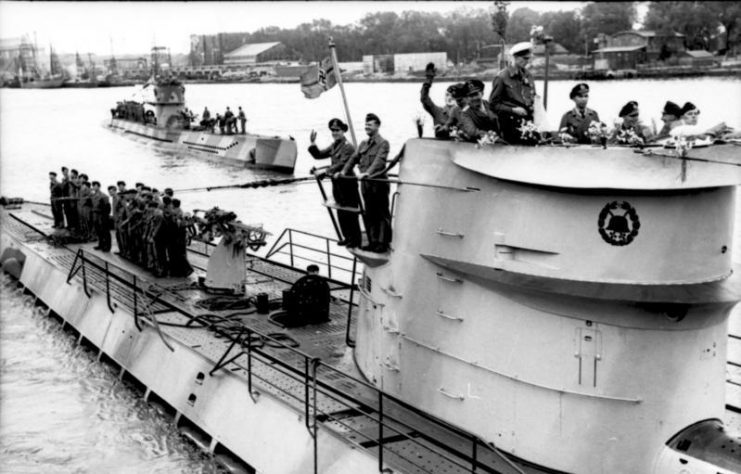
Read another story from us: Take A Look inside a U-boat, 42 Stunning Images That Show Every Detail
The era of U-boat assaults on shipping would continue further into the year, causing the U.S. to make revisions to the eastern seaboard routes for merchant ships.
Wartime British prime minister Winston Churchill later stated that the U-boat peril was the only thing that ever really frightened him during the World War, and this sentiment was shared by many U.S. citizens.
